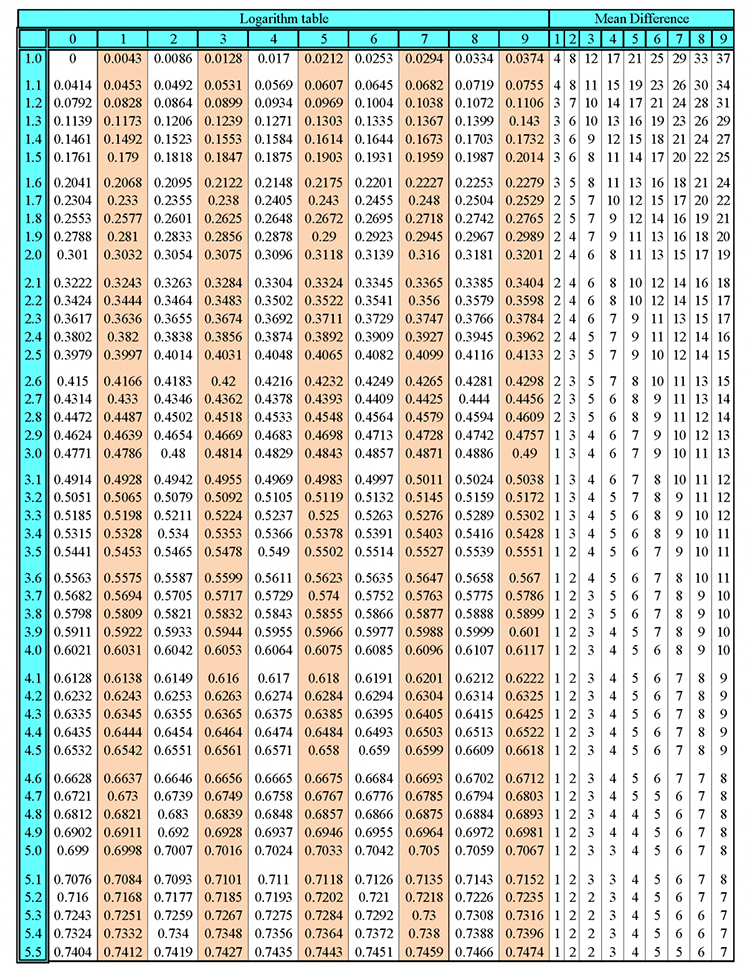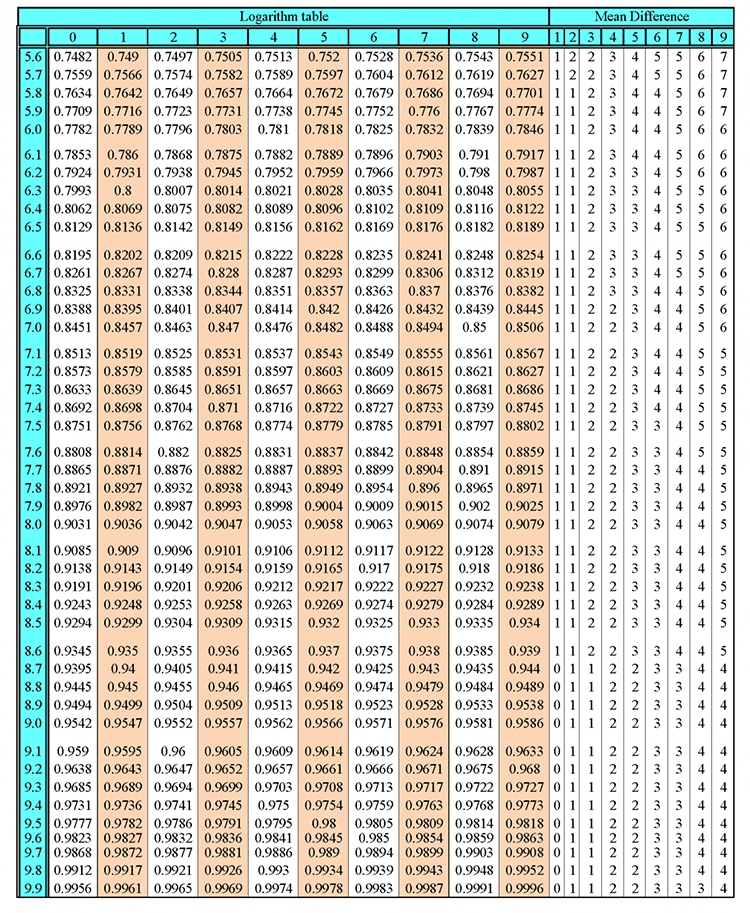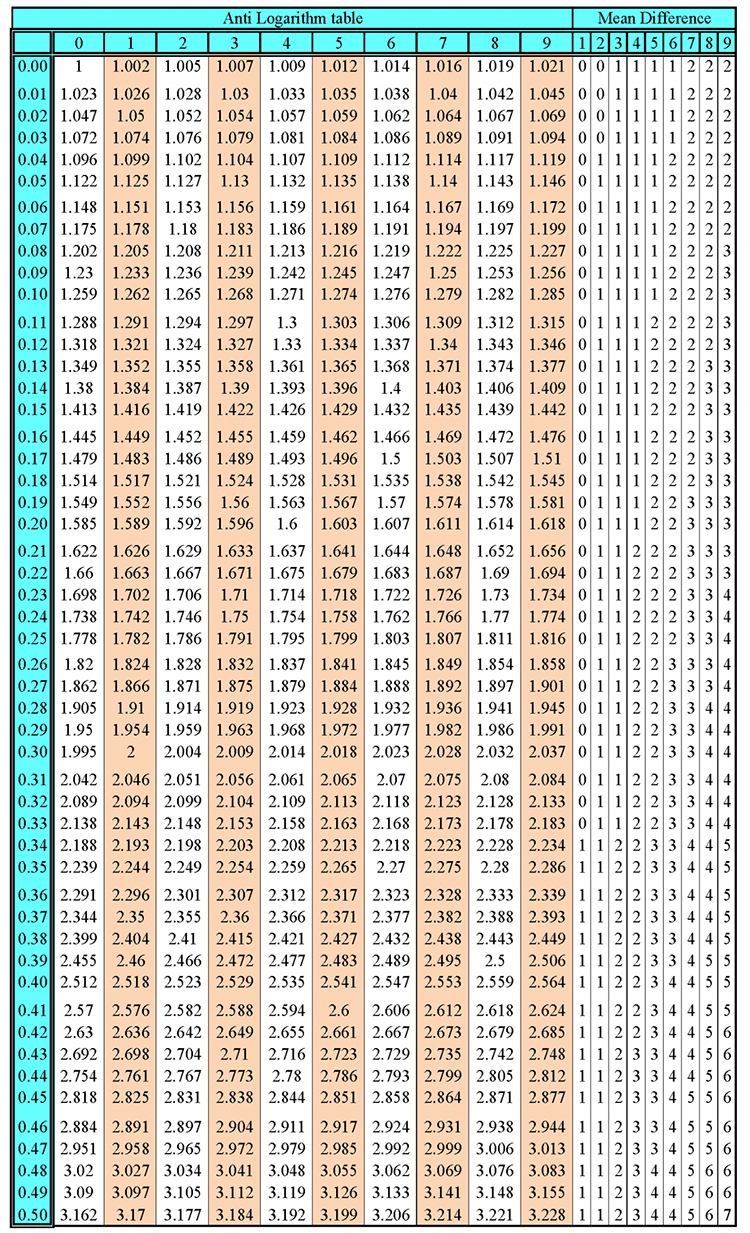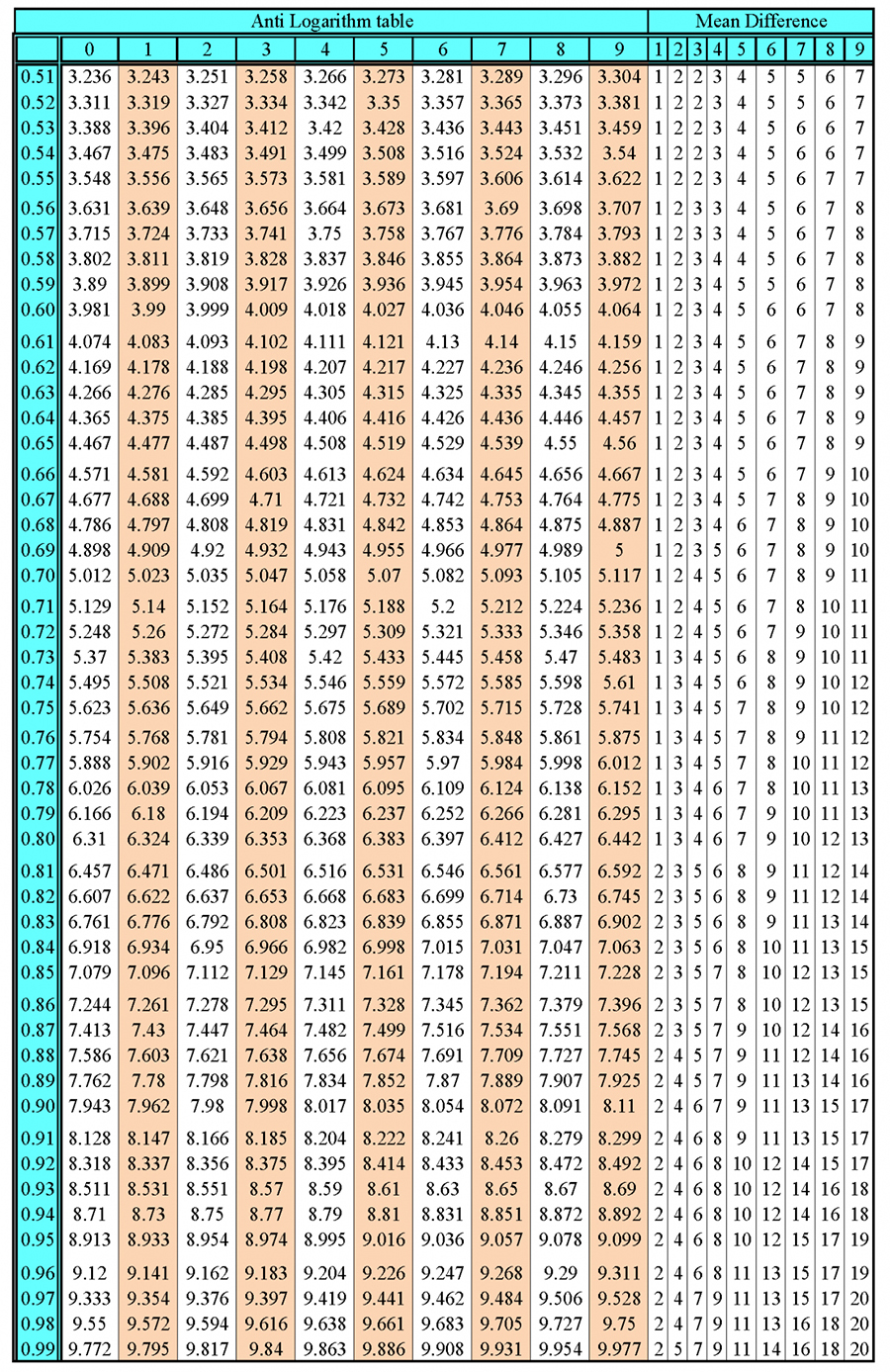Estimating and rounding
Choosing where to round will help you estimate more easily.
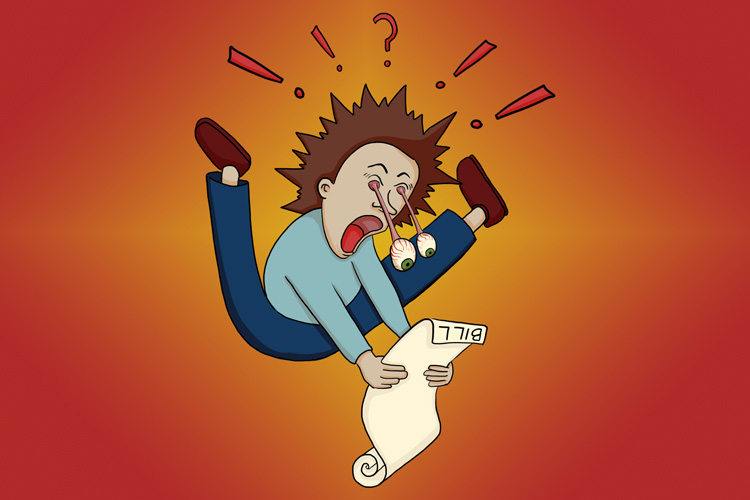
You said it was only going to be a few dollars.
Example 1
Where would you estimate $`59.41`
The choice would be
| `59.41` | |
| Round to the `1^(st)` decimal place | `59.40` |
| Round to the units of 1 column | `59.00` |
| Round to the tens units | `60.00` |
You can see that rounding to the tens units i.e. $`60.00` is not too far from $`59.41` and is clearly easier to remember.
Example 2
The attendance at a football match is 34,846 people, how would you estimate this in order to tell your friends the attendance?
The choice would be
| `34,846` | |
| Round to the tens units | `34,850` |
| Round to the hundreds units | `34,800` |
| Round to the thousands | `35,000` |
| Round to the tens of thousands | `30,000` |
You can see that the most representative estimate would be `35,000` and would only be `154` out from the original number.
Example 3
Bernice decides to go shopping and in her trolley, she has two shirts for `£10.99`, three skirts for `£21.20` and a pair of shoes for `£69.00` She has `£180`. Estimate the value of the clothes to decide if she has enough.
| Adding | `2times£10.99` |
| `+` | `3times£21.20` |
| `+` | `1times£69.00` |
is tough
| But adding | `2times£10` |
| `+` | `3times£20` |
| `+` | `1times£70` |
is a lot easier
| `2times£10` | `=£20` |
| `3times£20` | `=£60` |
| `1times£70` | `=£70` |
`£150` |
She has enough
NOTE:
The real answer is `£154.58` but the estimate of `£150` is enough to realise that `£180` is sufficient to purchase all the clothes.
